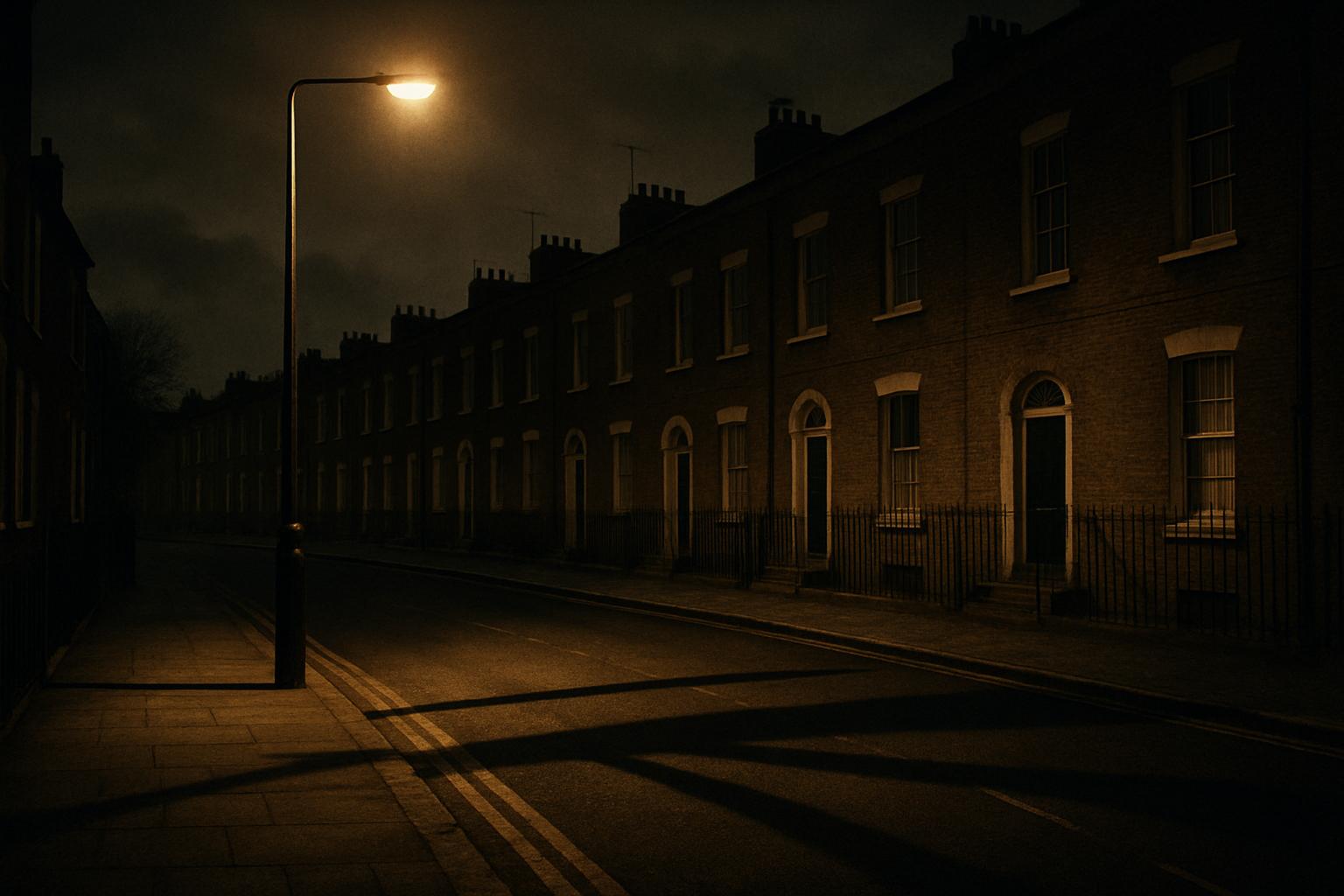Britain’s housing market continues to present a stark and troubling picture for prospective first-time buyers, with affordability reaching deeply concerning levels across much of the country. According to recent data from the Office for National Statistics (ONS), the ratio of median house prices to disposable household income has soared to 7.9 in England, making home ownership affordable to only the top 10 percent of income earners. This severe affordability crunch is less pronounced in other parts of the UK but remains problematic, with Wales and Scotland standing at ratios of 5.4 and 5.3 respectively, limiting median home affordability to the top 40 percent in those regions. Northern Ireland, by contrast, represents a relative outlier, maintaining a more manageable ratio of 4.6 thanks in part to rising incomes there.
The situation in London is especially dire. The capital’s housing market is widely acknowledged as effectively inaccessible to most ordinary earners, seemingly reserved for the highest echelons of society such as hedge fund managers, senior bankers, and corporate executives. While some economists, including Paul Johnson, former director of the Institute for Fiscal Studies, have critiqued the ONS measurement method—particularly its use of income data and its failure to account for deposits—its overall conclusion that London housing is profoundly unaffordable is difficult to dispute. Nationwide’s recent house price index reinforces this assessment, noting that an average earner would face monthly mortgage payments amounting to around 35–36 percent of their take-home pay, exceeding the historical average of 30 percent and placing enormous financial strain on buyers.
The persistent high costs of home deposits compound the problem, leaving many potential buyers reliant on family assistance often dubbed the “Bank of Mum & Dad.” The challenge is further intensified by rising living costs, including food and energy prices, which erode disposable income available for housing expenses. Market dynamics show little immediate relief, with data from Nationwide indicating a slight price increase in January 2025, demonstrating the resilience of housing prices despite broader financial pressures.
The implications of this accessibility crisis extend beyond individual hardship. Research by the Resolution Foundation highlights the UK’s housing situation as among the worst value globally for advanced economies. UK homes are not only expensive but also relatively small, offering significantly less floor space per person than those in many other developed countries such as Austria or Canada. Furthermore, a significant portion of the housing stock—38 percent—is pre-1946, contributing to issues like poor insulation and higher energy costs, which exacerbate living expenses. London’s affordability crisis deepens social and economic divides and aggravates demographic challenges linked to an ageing population and falling birth rates, both of which are intrinsically tied to housing security.
This crisis also hampers broader economic well-being. The Resolution Foundation’s analysis reveals that Britain’s sluggish living standards growth over the last two decades has been so pronounced that a typical family now has roughly £20,000 less in wealth than it would have enjoyed had income growth followed previous trends from 2005. The foundation’s chief executive, Ruth Cadbury, has underscored the urgency of addressing stagnant living standards to prevent worsening social and economic inequality.
Critics of the focus on home ownership often argue that social housing—where waiting lists remain painfully long—is the more pressing concern. While social housing shortages undeniably represent a severe issue, housing experts suggest that improving affordability for first-time buyers also benefits renters by increasing the supply of rental properties and easing rent pressures. Addressing one segment of the housing market can therefore have positive ripple effects across others.
For many, owning a home remains a core aspiration tied to notions of security and stability. Personal accounts, such as that of one commentator who bought their first home in their early twenties despite modest incomes and initial warnings against buying, highlight the emotional and practical value of home ownership. The sense of security gained proved invaluable during times of personal hardship, underscoring the profound social importance of affordable housing.
Despite widespread recognition of the problem, government responses remain criticised for lacking urgency or scale. The longstanding nature of the UK’s housing crisis is no excuse for inaction. Addressing the crisis requires a renewed and immediate commitment to building more homes to meet demand and alleviate economic and social pressures. Without significant policy shifts and increased construction, the affordability gap will likely continue to widen, further entrenching inequality and frustration among Britain’s population.
📌 Reference Map:
- Paragraph 1 – [1], [2], [4]
- Paragraph 2 – [1], [2], [4], [6], [7]
- Paragraph 3 – [1], [7]
- Paragraph 4 – [3], [6]
- Paragraph 5 – [1], [3]
- Paragraph 6 – [1], [3], [6]
- Paragraph 7 – [1]
- Paragraph 8 – [1], [7]
- Paragraph 9 – [1]
Source: Noah Wire Services
